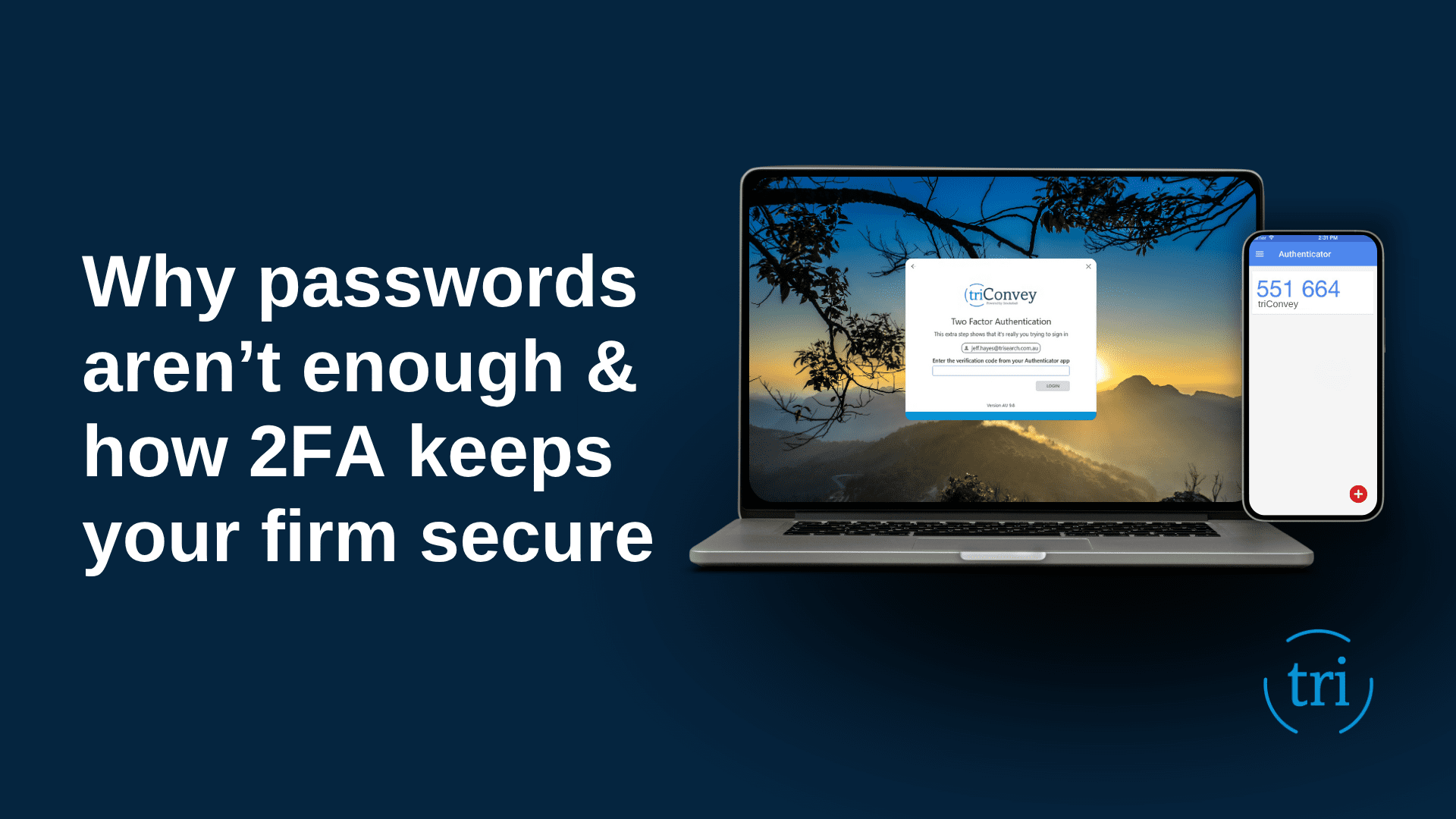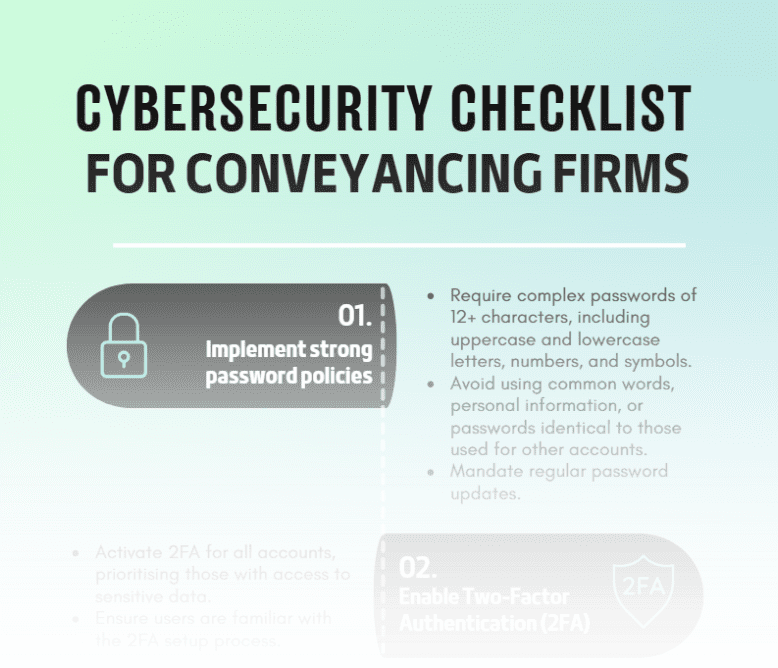Electronic settlements play a vital role in ensuring the smooth and successful completion of a property settlement.
Property settlement day is one of the most exciting days in a lot of people’s lives. Clients have been through the process of purchasing a property, exchanging contracts, and perhaps sitting through a 5 day “cooling off” period and are now awaiting the final piece of the puzzle to fall into place.
To avoid the disappointment of a delayed or cancelled settlement, many important “lead up” preparations are done with a conclusion date in mind. These include booking removalists, updating insurance, electricity and water changeovers, keys dropped at agents and usually a final property inspection.
If settlement is delayed for even one day later, there can be many cost and logistics implications. Ultimately it is in the best interest of all parties for a settlement to proceed on the scheduled day, at the correct time.
Outlined below are some of the steps involved in achieving this goal. By careful preparation and processing, a settlement agent can eliminate many possible roadblocks and all but ensure that settlement occurs on the arranged day at the proposed time.
Timely supply of documentation and information from the client is a major contributor to a successful timeline.
Settlement preparation steps include:
Contract and Title Search – Client must provide a clear copy of the executed exchanged contract. The copy held on record should contain the signatures of the opposing party as evidence that the contract is “on foot”. Title Search should be recent/current showing all relevant dealings affecting the property.
VOI – A Verification of Identity (VOI) must be done on the clients. ARNECC guidelines stipulate 6 different Categories which may be used, Category 1 is the most used as the client just needs to provide a current drivers Licence and Passport.
CAF – A Client Authorisation Form (CAF) must be completed by the Vendor/Purchaser. This form displays the name of the person buying/selling, the property description and the signatures of both the client and the client’s representative. It effectively grants permission for a firm to transact on settlement on behalf of the client.
ASIC Search – Should the client be buying or selling on behalf of a company, an up-to-date Company Search should be completed to ensure that the CAF and VOI requirements are met for the applicable Directors or Secretary.
Stamp Duty – If acting for a purchaser, the client should provide the completed Purchasers Declaration Form along with any other applicable exemption forms. If the transaction is proceeding without a contract in place, the purchaser will need to supply a recognised valuation from a certified valuer.
Land Tax – The vendor needs to provide a clear Land Tax certificate as part of the Contract of Sale. The certificate shows the current land tax liability status for the relevant property. It must be provided to the purchaser at least 14 days before the completion date.
GSTRW – GST Residential Withholding is a tax which must be withheld from the vendor and paid directly to the ATO on settlement. It is applicable when purchasing new residential premises or potential residential land. The vendor must provide notice to the purchaser and advise them if a GSTRW obligation applies to their property.
The notice advises the amount payable and the name and ABN of the supplier. The Purchaser must apply for a payment number by submitting Form 1 to the ATO. It should be completed shortly after the “cooling off” period to allow for processing time. A second Form 2 should be completed once the settlement date is confirmed.
FRCGW – Foreign Resident Capital gains withholding Tax applies to Australian properties with a value more than $750,000. Australian resident vendors are responsible for providing either a Clearance Certificate or a payment notice to the purchaser prior to settlement.
The current FRCGW rate of tax is 12.5%, and when applicable, this amount needs to be paid by the purchaser to the ATO on settlement, or whenever a relevant Clearance Certificate isn’t supplied prior to settlement. As these certificates can sometimes take weeks to obtain, it is recommended that vendors apply for a Clearance Certificate as soon as the property is listed for sale.
Discharge Authority – A fully executed Discharge Authority (DA) should be supplied by the vendor to their Discharging Bank as early as possible so that the bank can join the Electronic Lodgment Network Operator (ELNO) workspace and start working on creation of an eDischarge of Mortgage and settlement figures. The sooner the bank receives the DA, the earlier they are likely to engage in the ELNO workspace.
Conflict of Interest Form – Any potential conflict of interest between the parties in a transaction requires an acknowledgement in accordance with Conduct Rule 11 of the Legal Profession Uniform Law Australian Solicitors’ Conduct Rules 2015. This is signed by the clients and is normally required when a solicitor/conveyancer is acting for both vendor and purchaser in a transaction.
Council, Strata, Water Rates Certificates – These certificates are required so that adjustment figures can be calculated prior to settlement date. They should be ordered shortly after the contract is on foot to ensure that the figures can be established prior to settlement.
Funds Deposit – Client settlement funds should be deposited via secure correspondence methods to a known/safe Trust Account in sufficient time to ensure they are available for drawing on settlement day.
Final Search – It is vitally important to check the Title prior to settling any matter to ensure that there are no Caveats or last-minute Dealings which have been lodged against the property. New dealings could potentially impact the initial Transfer of the property and have a significant impact if they remain on title once the matter is settled.
All the above steps from part of the process in preparing for settlement day. It is surprising how many tasks must be performed prior to all parties being ready and balanced off in the ELNO workspace.
If your firm is looking to save time completing the above administration tasks, SettleIT plays a major role in completing or ensuring these tasks have been covered.
By performing many of the above settlement administration tasks, the SettleIT team are able to alleviate a portion of your workload, so you can focus on other important tasks within your business.
SettleIT also allows you the use of our secure Trust Account whenever client funds are required for settlement.

Electronic Settlement
The SettleIT solution is a great way to improve productivity in your conveyancing business and to enable you or your team to take on more matters.
Book a demonstration to outsource your stamping, lodgement and settlement admin with SettleIT.






